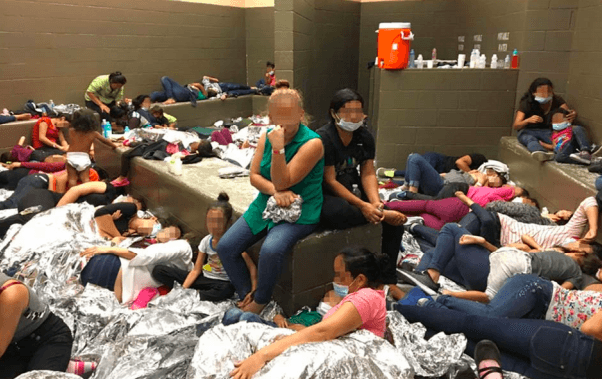As the situation at America’s southern border steadily worsens, many people are asking why is there a migrant crisis now? Why is this year different from years past? Axios has interviewed numerous immigration experts and lawyers who say there is no single reason that explains the crisis. Rather, it’s a variety of “push and pull factors.”
Violence and poverty are the two main push factors.
“Homicide rates have fallen slightly in recent years for Guatemala and Honduras, but El Salvador and Honduras maintained the two highest homicide rates in the world in 2016, according to the most recent UN data available. The populations in Guatemala and Honduras have boomed, says Randy Capps, director of research at the Migration Policy Institute, but jobs are scarce. More than half of the population of Guatemala is below the national poverty line. There is a deadly symbiosis between poverty and gang violence,” Ben Johnson, executive director of the American Immigration Lawyers Association, told Axios. Gangs gain more control, he said, because “they become the only viable business in town.”
Other push factors are political unrest and crop failures.
“Severe drought devastated crops last year in areas of Central American nations where families commonly live almost exclusively off the food they grow. Guatemala has one of the highest malnutrition rates in the world, according to the CIA.“
The governments of those three nations are also riddled with deep corruption.
“Guatemalan President Jimmy Morales announced this year he would expel a UN-backed anti-corruption investigation that had uncovered a multimillion dollar scheme involving a former vice president and other government officials. Honduran lawmakers have also been pushing back against another international anti-corruption investigation targeting politicians and officials.“
As for the “pull” factors, Central Americans are drawn to the U.S because of the booming economy and the advent of migrant caravans, which provide a faster and safer way to travel. But the main factor is America’s asylum system.
“Court decisions prevent migrant families and kids from being held in federal detention for longer than 20 days, which has led to many families quickly being released into the U.S., DHS officials have told reporters. Knowing it’s likely they will be released can convince families to migrate now, experts said.“
“At the same time, long backlogs of immigration and asylum court cases give many immigrants years in the U.S. before there is a decision.“
Another important pull factor is the Trump administration’s attempts to curtail legal immigration.
“These actions encourage families and kids to cross the border illegally to apply for asylum, multiple immigration experts and lawyers said. Because of Trump’s threats, people feel they have to head for the U.S. now. “When you say things like ‘we’re going to build a wall,’ ‘we’re going to send the military to the border,’ that’s just a starting gun,”[Ben] Johnson said.“



